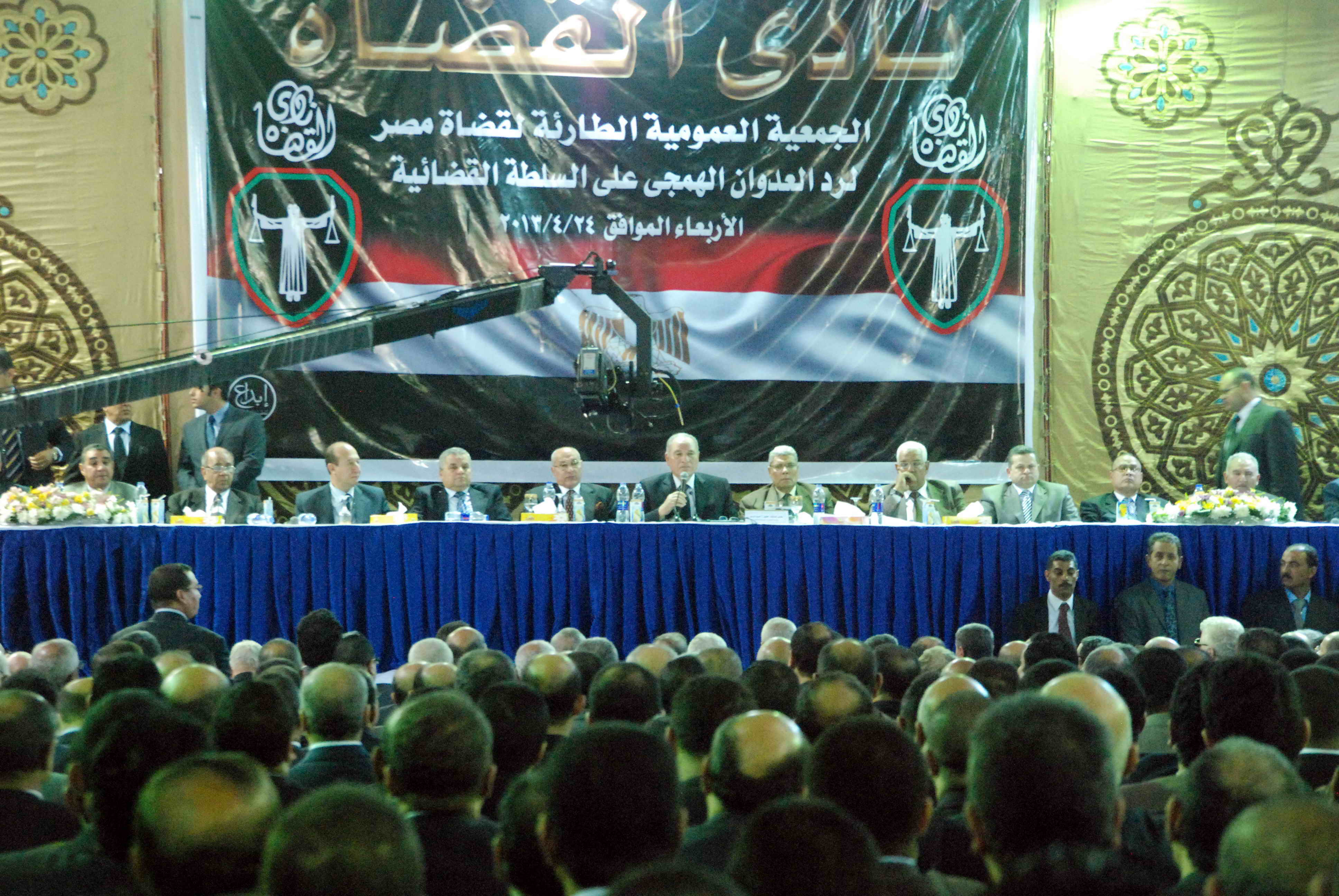Conceptual art exhibition “Lapdogs of the Bourgeoisie blurs fiction and reality at several turns. The multi-artist assemblage at the Townhouse Gallery combines work in diverse media: lectures presented by actors, a book by an artist pretending to be her assistant and exhibition videos presented in the shape of reality TV shows.
The reason for all this duplicity? The works constitute creative responses to what the show’s curators proclaim is the elephant in the room: the subject of class in the art world.
The full title of the show is “Lapdogs of the Bourgeoisie, Class Hegemony in Contemporary Art. Curated by Nav Haq and Tirdad Zolghadr, “Lapdogs arrives at the Townhouse after stops in London, Istanbul and Stockholm.
The creators insist the work is not a traveling exhibition; it is the result of a three-year collaboration between artists, curators, academics and students – often tailored to fit each location. Participating artist Neil Cummings’ work provides an example.
Cummings’ “Faking It Lapdogs is a three-minute video trailer whose name and concept mirror the British reality show on which it is based. “Faking It, on London channel 4, is responsible for such transformations as “chess player to football manager and “bicycle courier to polo player. In essence, it takes working class folks, and turns them into middle or owning class, and vice versa.
Cummings capitalized on an actual episode from the series in which a housepainter is trained to be a conceptual artist. In his work for the Cairo exhibition, he and a team of local producers asked an Egyptian actor to act as a waiter at a nearby coffee shop. The result is a three-minute, subtly dark and comedic commentary on the art market and image production.
“It took me a while to figure out how to address this issue, Cummings said in a pre-exhibition interview. Of the protagonist he said, “He’s being used like all working class people are … You’re interviewing me, not him, so I’m getting the cultural capital. But I’m trying to make this explicit.
Annika Erikkson of Sweden employed another non-traditional strategy.
Based on an idea from Egyptian participating artist Hassan Khan, Erikkson trained local actors to play the roles of curators of the opening. “When they said that they were going to have actors play the curators in the exhibition tours, I said, that just doesn’t make sense. We have to have them do everything. As a result, the actual Haq and Zolghadr were banned from attending any events.
Other contributions to the exhibit include a Cairo workshop with artist Chris Evans entitled “Is my Work Commercial Enough? where a team of curators assess the work of the participants.
Reviewers of the show in Western publications have alternately criticized the exhibit for being too political, not political enough, or, in several cases, for insisting on a dichotomy of class they deem too fluid to still exist. In deeply stratified Cairo, however, their point is not easily lost.
During the proceedings of the exhibition, for example, class makes itself apparent through fluency in the English language. When actors were being trained for their roles, it was not only a matter of speaking the strange language of the art world, Cummings said, but also matter of learning basic English.
The show attempted to address language divides by presenting the first day’s proceedings entirely in Arabic; thereupon eliminating an obvious section of the Townhouses’ regular audience. The second day’s talks were held in English. “It is a question of access, said Zolghadr.
Artists in the show do reveal certain shortcomings within the well intentioned actions. Berlin-based artist Marion Von Osten worked to cast a light on the internal disparities of the art world by conducting public interviews with full staff members of galleries – from the directors to the guards. Von Osten circulated a transcript from her project at the London’s Gasworks gallery.
The gallery was former host of Lapdogs, and former workplace of the young curator Nav Haq. Within what began as a light-hearted conversation, the invisible hierarchy of the gallery was exposed.
One subordinate said, “What is Nav wearing? Another joked, “Our boss is here, he looks worse than us most of the time! Three interns discussed the ways they were able to work without pay at the gallery. Two of the three had their rent paid by their parents before they went on to work at A-list galleries. The third worked three jobs to support herself at the time and has since left the art world. An excerpt of this conversation was performed by a group of Egyptian actors on opening day.
When speaking in public dialogue with gallery director William Wells, Von Osten’s message was delivered through the vogue terminology of the art world. Words like “temporary flexible engagement referred to the dangerous reality of workers who are one paycheck away from losing their apartments – or worse.
I wondered if her insistence to “figure out a vocabulary from below with which to “build other models [in the art world] or even resist, would not just consist of another exclusionary vocabulary that further illuminated the differences between the private and publicly educated.
Between Von Osten and sparse audience commentary, the script of that afternoon was certainly abundant of quotes from French philosopher Michel Foucault than those from workers on a factory assembly line.
In her defense, Von Osten was full of insight, and her earnest desire to be of service was unmistakable.
On the whole, the show possesses a wry intelligence, consistently treading the fine line between its objective and its unaware counterparts. “You are always a role model of what you are criticizing, Von Osten remarked.
